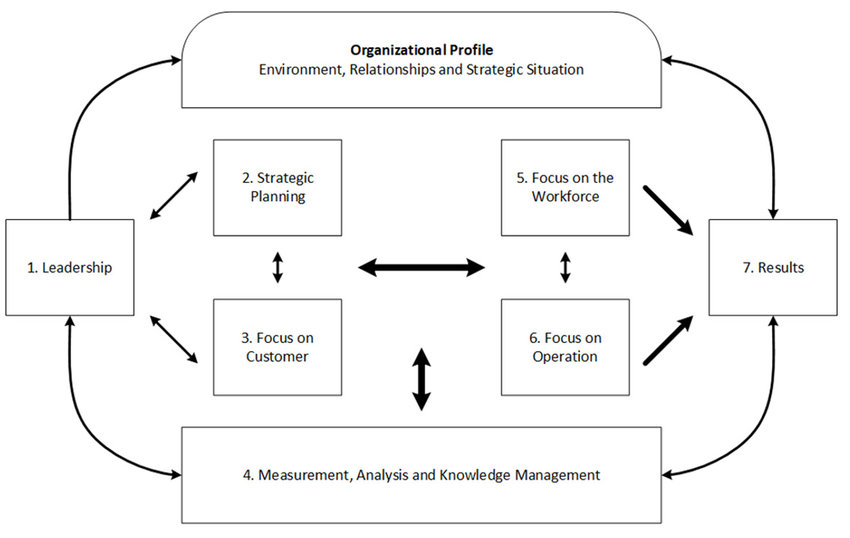The Integrated Strategic Planning approach creates a balance that aligns both your financial and human capital (employees) to focus on achieving the strategic goals and objectives of the plan. A strategic plan is not just a document that identifies the strategies, goals and objectives for prioritizing your services, programs and capital needs. This is one element, but it can offer much more. Our process fully integrates your budget process with the strategic plan. It also provides a system for prioritizing strategic projects and work plans for your staff to improve service delivery and effectiveness based on the strategies and goals in the plan.
Finally, Mercer Group Associates will also fully integrate the strategic plan projects and initiatives into the Board Agenda process. Mercer Group Associates uses an innovative format and approach to develop your strategic plan. Our format allows us to tailor our strategic plan to meet your specific needs and requirements.

